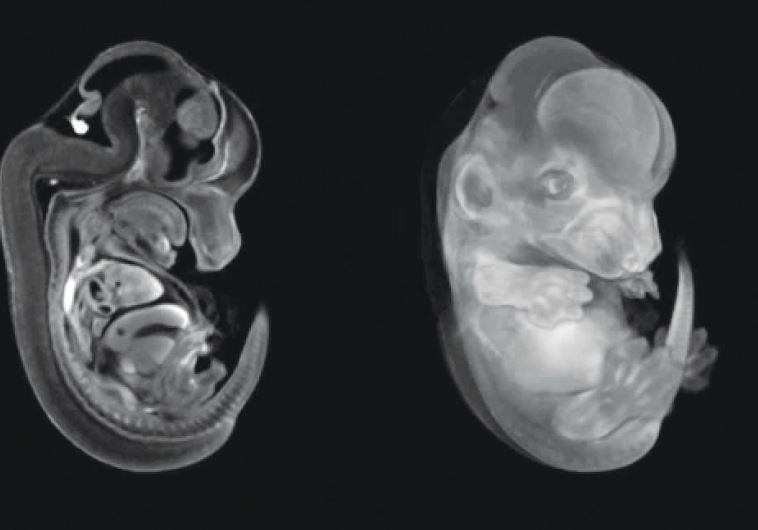Mouse embryos grown outside of uterus in latest feat of Israeli lab
"Our aim was to recreate those conditions. And now we can watch, in real-time, as each [genetic] domino hits the next one in line.”
 WEIZMANN INSTITUTE scientists have studied the effect of cytomegalovirus on mouse fetuses.
WEIZMANN INSTITUTE scientists have studied the effect of cytomegalovirus on mouse fetuses.